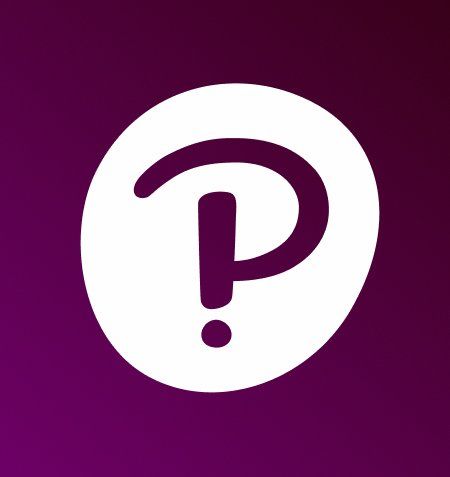Electric dipoles consist of two equal but opposite charges, such as a positive charge \( +Q \) and a negative charge \( -Q \), separated by a distance \( D \). The dipole moment \( \mathbf{P} \) is a crucial concept in understanding the behavior of electric dipoles and is defined by the equation:
\[ \mathbf{P} = Q \mathbf{D} \]
In this equation, \( Q \) represents the magnitude of either charge (always taken as a positive value), and \( \mathbf{D} \) is a vector pointing from the positive charge to the negative charge. It is important to note that the dipole moment is a vector quantity, which means it has both magnitude and direction. The direction of \( \mathbf{D} \) is essential as it indicates the orientation of the dipole.
To illustrate how to calculate the vector dipole moment, consider an example where the charges are \( +2 \, \text{C} \) and \( -2 \, \text{C} \), and the distance vector \( \mathbf{D} \) points from the positive charge to the negative charge. If the distance in the \( x \)-direction is \( -0.5 \, \text{m} \) and in the \( y \)-direction is \( -1 \, \text{m} \), the vector \( \mathbf{D} \) can be expressed as:
\[ \mathbf{D} = -0.5 \, \hat{i} - 1 \, \hat{j} \]
Substituting the values into the dipole moment equation gives:
\[ \mathbf{P} = 2 \, \text{C} \cdot (-0.5 \, \hat{i} - 1 \, \hat{j}) \]
Distributing the charge results in:
\[ \mathbf{P} = -1 \, \text{C} \cdot \text{m} \, \hat{i} - 2 \, \text{C} \cdot \text{m} \, \hat{j} \]
This final expression represents the vector dipole moment, indicating both its magnitude and direction in the coordinate system. Understanding how to calculate and represent the dipole moment is essential for analyzing the interactions of electric dipoles in various physical contexts.


